|
Single leg training has become more popular in the recent years as a way to compliment bilateral leg training and in some instances replace it. Single leg training use to be thought of as inferior to its bilateral leg training counterpart. This was assumed for some basic logistical reasons such as you can lift more weight if you are two legs instead of one. This seems to make sense when you take it at face value. If you are on both legs you will be able to lift more weight and therefore get stronger. The problem arises when we lose sight of what these athletes are training for….to be better at their sport! When we play sport we are constantly on a single leg unless we are not part of the play. There are very few examples when you are on both legs with your body weight distributed evenly between both legs. Do not take this the wrong way, this is not an argument to get rid of bilateral leg training, it is an argument for including it along side our bilateral leg training. Bilateral leg training will never go away, nor should it. It is extremely effective at building strength, speed and power. Let’s make sure we add some single leg training to our programs. I mentioned before how sport is being played on a single leg. If you are moving, both feet are never planted at the same time. Athletes should therefore train on a single leg. There are many different single training exercises that are great at building a top level athlete. Below you will find a few that I really enjoy doing. 1. Dumbbell Forward Lunge – to perform the dumbbell forward lunge take a big enough step out that your front and back leg will form a “L”. Make sure that you get your front heel on the ground when you step forward and drive through it to stand back up. The upper body should remain upright throughout the exercise. 2. Barbell Single Leg Romanian Deadlift – to perform the barbell single leg Romanian deadlift begin by bending your knee and hinging your hips. The leg coming off the ground should come up at the same rate the upper body is dropping towards the ground. Continue to push the leg up and back until it becomes parallel to the ground. To return to the standing position drive through your heel and extended your hips. 3. Rear Foot Elevated Split Squat – to perform the rear foot elevated split squat elevate one foot onto a bench or box. Descend until the back knee brushes the ground (No bouncing!). Drive through your heel to return to the starting position. 4. Single Leg Squat w/ Box – to perform the single leg squat on a box first choose a light weight for a counter balance, especially when starting this exercise for the first time. Descend until your hips at least pass parallel then drive through the box to return to the top. Maintain a neutral spine throughout the exercise. 5. Lateral Lunge w/ Slideboard – to perform the lateral lunge on the slideboard (sb) start with one foot off the sb and one on the sb in contact with one of the booties. Begin by bending your knee and pushing your hips back. As you put your hip into abduction make sure to go under control then return to the standing position. These exercises will add strength that will translate to improved performance on the field or court!
0 Comments
The power clean is one of the best ways to add an amazing amount of strength and power. It requires both an incredible amount of mobility and stability to move through such an explosive exercise. It will improve most all measurable athletic performance parameters on the field and in the training facility. Assuming that the athlete has the proper fundamental movement skills required to perform the power clean the proper set up and coaching cues should be the first thing to get attention. Power Clean Set Up Positions w/ Coaching Cues * Hang Position- standing position, elbows locked, and medium hook grip Rack Position- get the bar on shoulders from hang position- elbows up, humerus parallel to floor- weight supported by shoulder NOT hands- drop the bar and catch it in the hang position Jump Position- bar is at mid thigh- hips and knees are unlocked- bar is touching skin/clothing Squat Jump Position- jump w elbows locked and land in squat position Jump w/ Catch- jump and catch the bar on shoulders- elbows straight to slammed forward- aim your shoulders at the bar- slam bar onto shoulders Front Squat –bar is on the shoulders-squat to slightly pass parallel while keeping the elbows up, humerus parallel to floor Power Clean Progressions & Variations
Power Clean (Mid Thigh, Above Knee, Mid Shin, Floor) Power Clean & Front Squat (Mid Thigh, Above Knee, Mid Shin, Floor) Squat & Clean (Mid Thigh, Above Knee, Mid Shin, Floor) This is by far one of the best exercises for athletes to develop a huge amount strength and power that will transfer from the training facility to the field. Problems arise when the power clean is introduced without the proper progressions and is therefore rushed. Before a power clean is attempted athletes should possess the proper mobility and stability to perform the movement. Rushing the process or simply skipping over it to get to a poorly executed product is not the way to go about such a complex exercise. When taught and progressed properly this is a great exercise to add to your training program. * power clean set up positions w/ coaching cues from “Starting Strength Basic Barbell Training” 3rd Edition, Mark Rippetoe Force= mass x acceleration (acceleration is a component of force development) This physics equation explains to us how important force development is when trying to improve speed. Since we know that the majority of sport movement is all about acceleration, if we improve that aspect we will also improve our all out speed. Therefore the best way to train for speed is to increase your ability to apply the most force into the ground as fast as possible. Heavy lifts involve applying tremendous amounts of force into the ground, pushing heavy sleds involve applying tremendous amounts of force into the ground and sprinting involves applying tremendous amounts of force into the ground. I am beating a point to death if you did not notice. Speed has to be trained just like any other component in the sport performance spectrum, but being fast does have huge correlation with how strong you are. Included in your sport performance program there should be speed drills to assist in being as fast as you can become. These include, but are not limited to wall drills, 10 yard splits, 5-10-5 agility and 10 yard marching sled drives Wall Drills There are progressions to performing the wall drive such as flexion of the hip to hold, repeated flexion to extension of the same leg, marching, skipping and single leg exchange. One thing holds constant for all the progressions though and that is the upper body remains rigid, the lumbar spine remains in a neutral position, the abdominals are pulled in and the shoulders are pulled back with proper neck alignment. 10 Yard Splits The 10 yard split is going to make an athlete focus on the first push into the ground. The athlete can set up in a three point stance or the appropriate sport specific stance and work on the initial acceleration. Remember to use a strong first push and drive with your arms. 5-10-5 Agility To perform this drill you need three cones with both end cones being set up 5 yards from the center cone. The athlete can go in either direction for their first five yards, and then cover the next ten yards to the other cone and sprint pass the center cone. The athlete must touch the imaginary line with each end cone. This drill incorporates the ability to stop and change direction quickly. 10 Yard Sled March This speed drill acts like the wall march drill, but now there is a moveable load being used. It should be heavy enough that they are not able to run. Push into ground as hard as possible and drive the sled. There are four great speed drills to add to your tool box.
The off-season is a time to recover from any injuries that were sustained during the regular season, take care of any asymmetries that were developed from the specific sport played and increase strength, power and speed so that you are ready to dominate during the regular season! The off-season is usually broken down into three sub categories, which include the early, general and late off-season training program. The off-season ranges from sport to sport so when putting together a performance training program the actual length must be considered to program accordingly.
The early off-season is in most cases the first two weeks where there can be complete rest or light physical activity. This is the time to recover both physically and mentally from the regular season. There should be nothing strenuous done during this period. The general off season is the time to focus on cleaning up any asymmetries that might have been acquired during the regular season along with any loss of proper biomechanical efficiency. Once those situations are addressed it is time to begin increasing strength, power and speed components. This should comprise the majority of your off-season. The late off-season is when we should be peaking and focusing on any additional conditioning that is required of the specific sport. This varies from sport to sport and athlete to athlete. For sports that are more aerobically based such as field hockey, aerobic conditioning will be increased earlier in the late off-season then other more anaerobically focused sports. Some athletes also take different amount of time to gain the aerobic level of conditioning that is needed for their sport. The off-season (which encompasses the first day after the regular season ends until the first day it begins) is the time to get stronger, faster and more powerful. You should not start your off-season training a few weeks or even months before the beginning of the regular season. If being your best on the field is important to you, then taking your off-season performance training seriously is required. This is the time to put in the work so you can reap the benefits during the season. |
Archives
July 2024
Categories
All
|
Proudly powered by Weebly


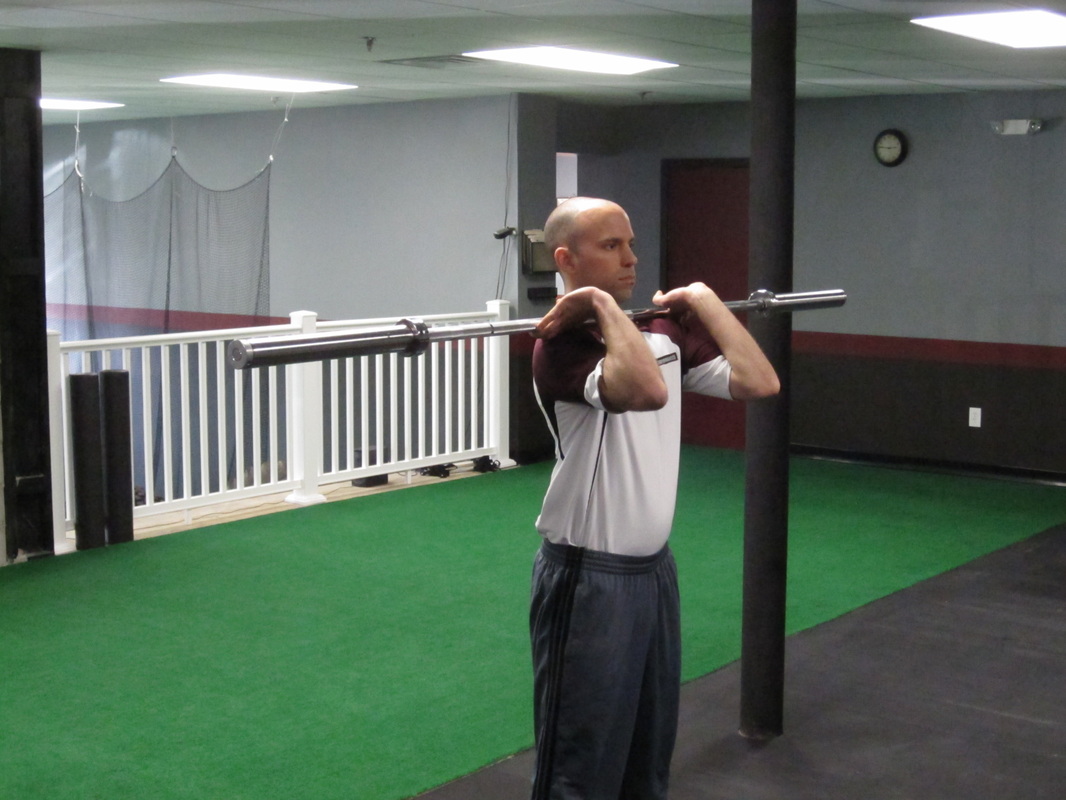

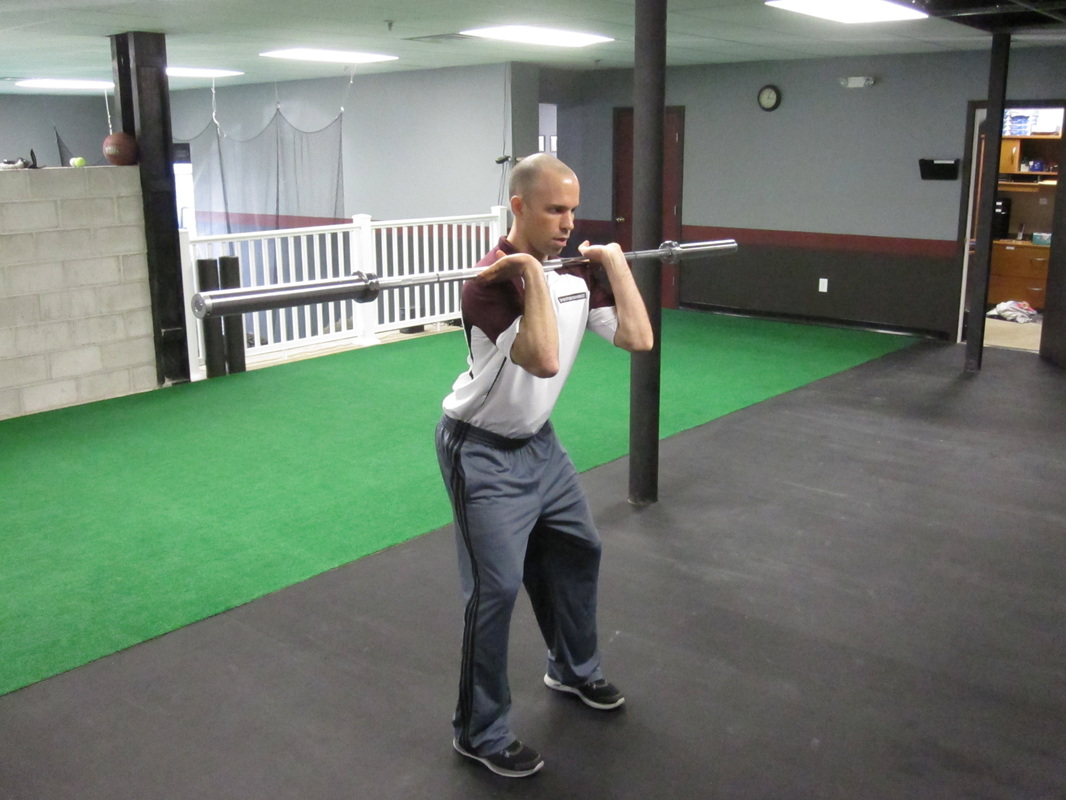
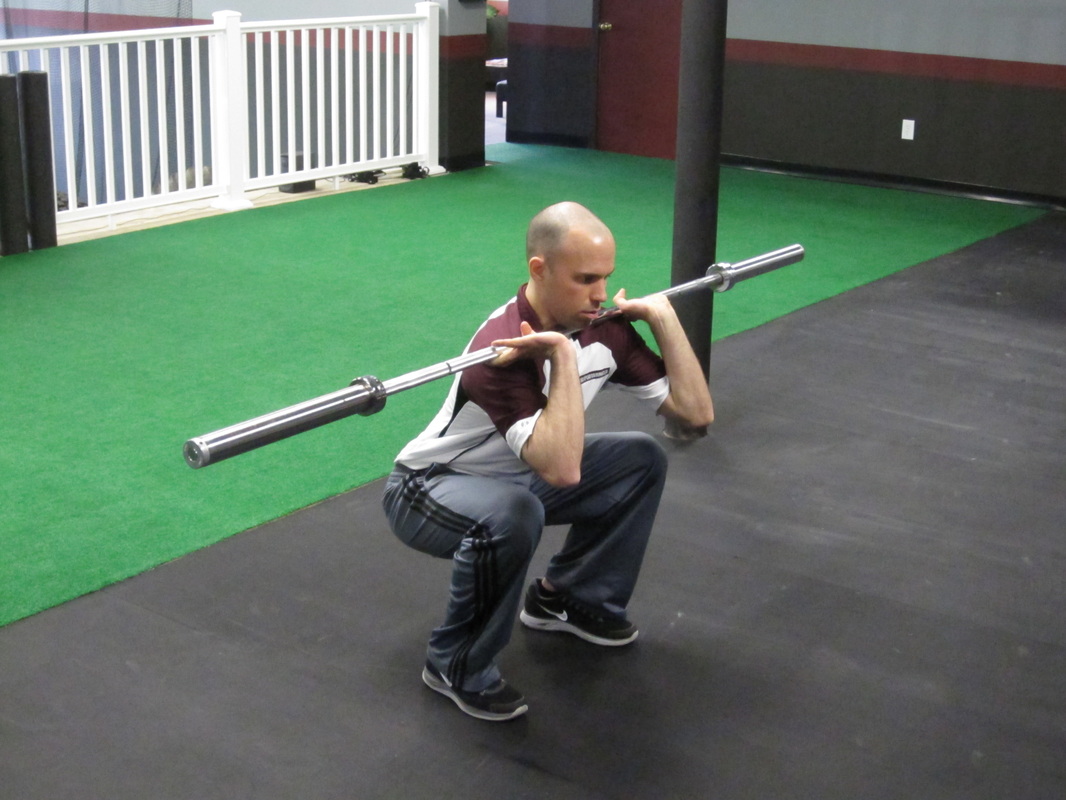

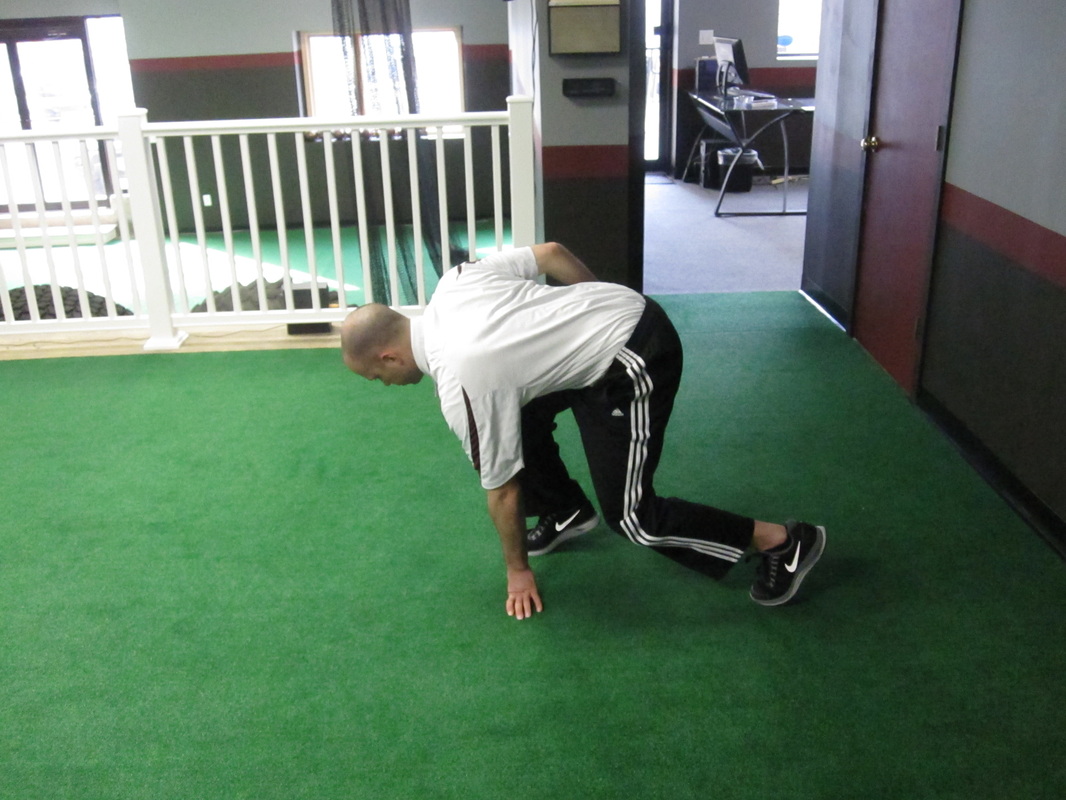
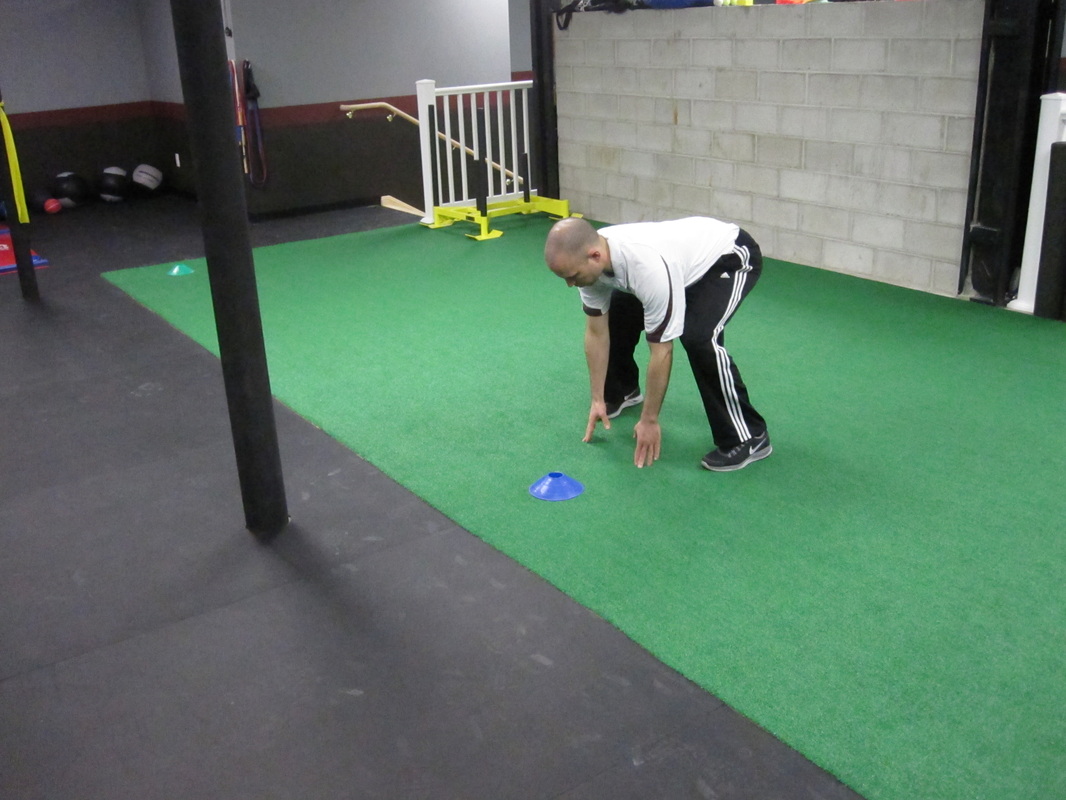
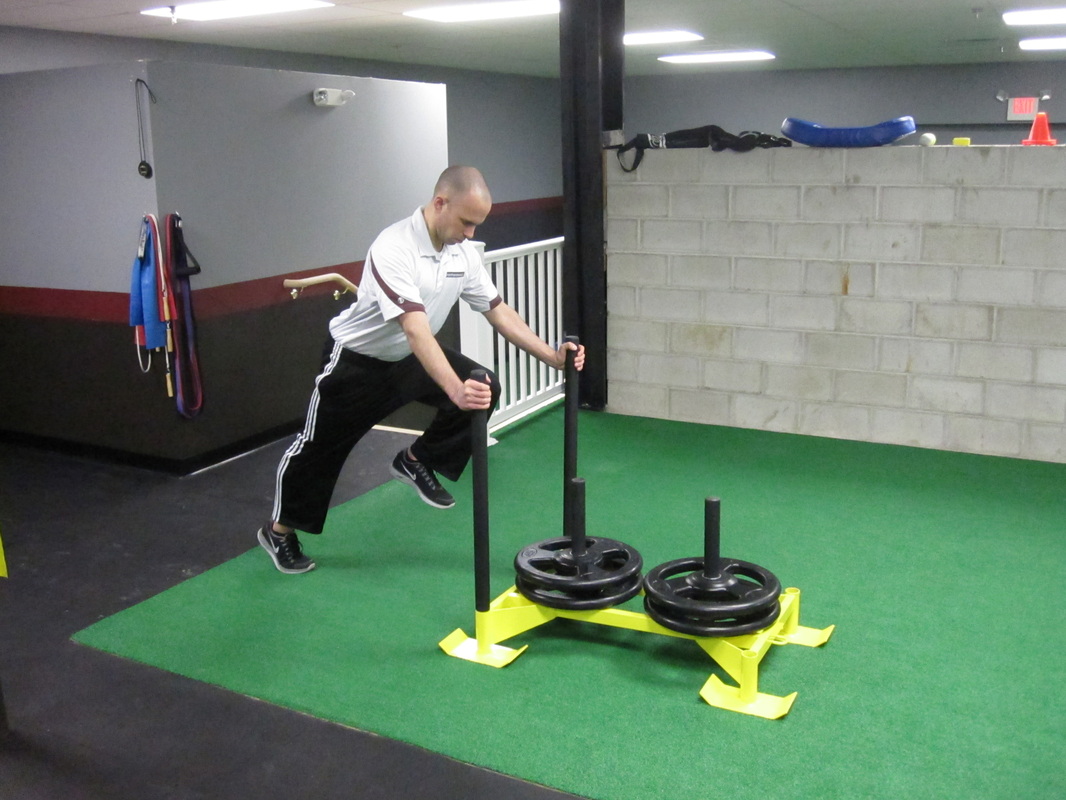
 RSS Feed
RSS Feed